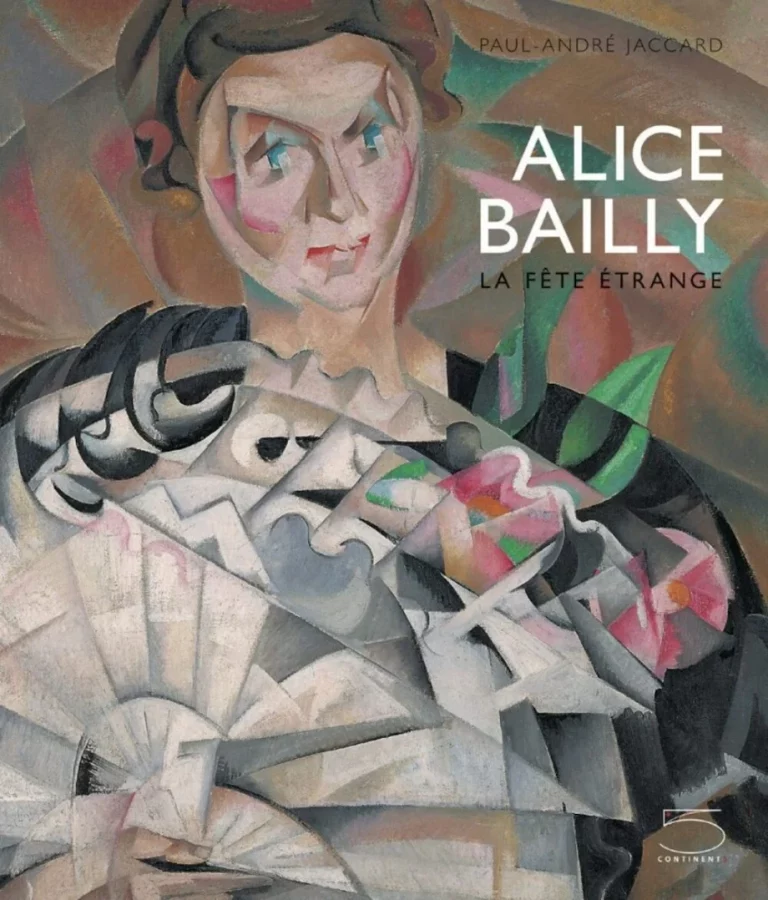
Alice Bailly
La fête étrange
The exhibition offered a glimpse into the magical and dreamlike universe of one of the few Swiss women to have played a role in avant-garde history. Alice Bailly (1872-1938) embraced her artistic vocation later in life.
Born in Geneva, she was 32 when she moved to Paris. Her talent was recognized in 1912 when her submissions to Parisian salons were praised by Apollinaire, and especially in 1913, when her first solo exhibition established her as part of the international avant-garde. Bailly’s art was characterized by a sense of fantasy, exuberance, and fluidity, which found a visual equivalent in Cubism and Futurism. However, she rejected their rigid discipline in favor of the freedom of form and color that best expressed her creative impulses. Between 1917 and 1923, Bailly produced around fifty tableaux-laine—multicolored threads stretched in parallel lines across a cotton canvas. To her, these works held the same artistic status and value as painting.
Occupying all the museum’s rooms and showcasing 225 works, the exhibition retraced the remarkable journey of this artist, who liked to remind people that “art is not a matter of skirts or trousers.” Music was her second passion: after training in Geneva and Munich, she spent her first period in Paris from 1906, where her palette brightened under the influence of Fauvism, a style that shaped her painting until 1910. She later developed a colorful Cubism, earning her a place among the Orphists, as classified by Apollinaire. Inspired by the “universal dynamism” of the Futurists, she was forced to return to Geneva in 1914, which led to a more stylized approach in her work. From 1918 onward, she created her first tableaux-laine, which the exhibition honored with a significant selection of these captivating works. Her second stay in Paris in 1920 saw a softening of her color palette. She eventually settled in Lausanne in 1923, embarked on travels to Italy, and spent her later years working on decorative commissions, including the foyer of the Théâtre de Lausanne.
